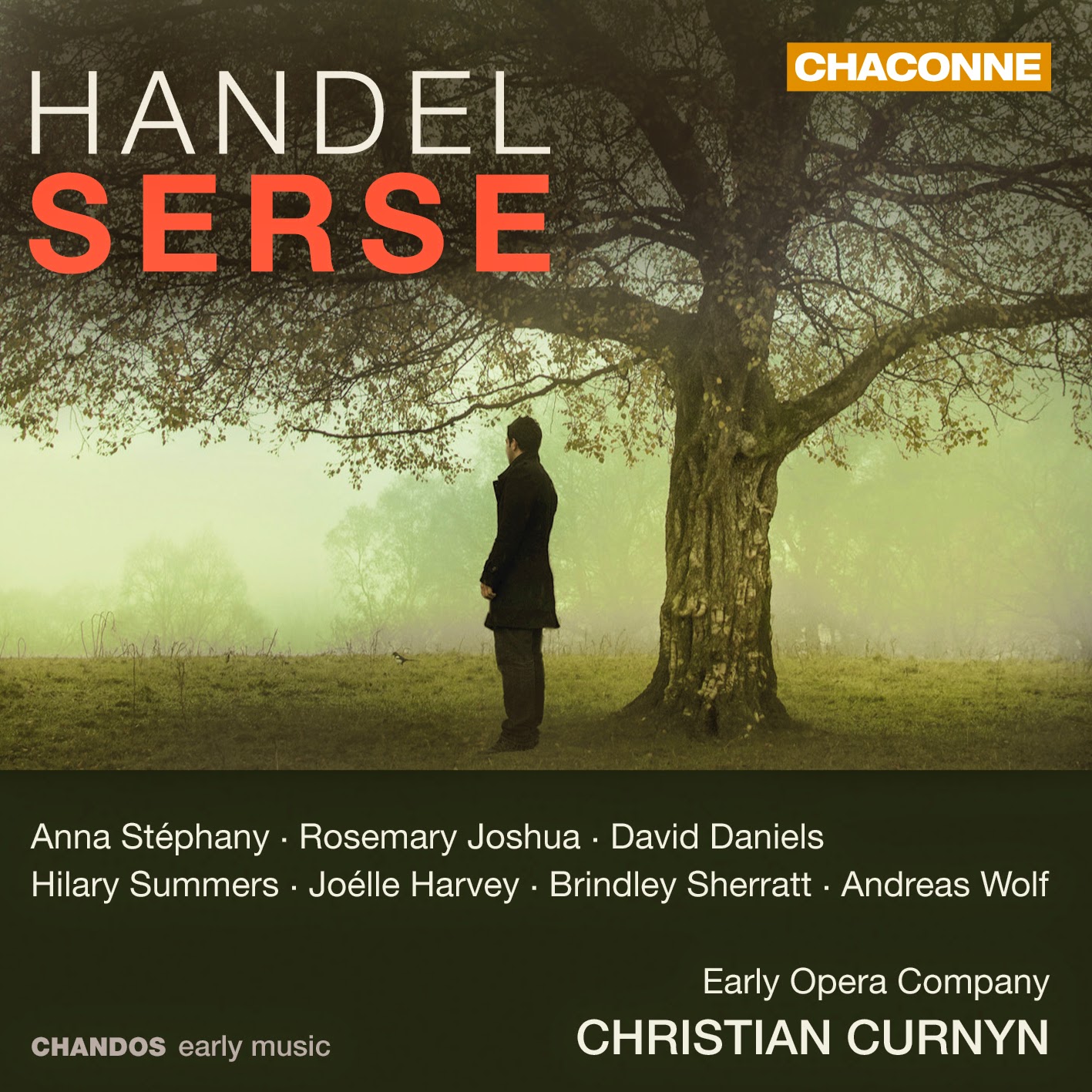Handel’s opera Serse is characterised by its ironic libretto, humorous situations, and high number of short arias. The main character is the unpredictably obsessive and volatile King Xerxes, a historical character who ruled the Achemenid Empire from 486 BC to 465 BC. The plot concerning the rivalry between Xerxes and his brother, Arsamene, for Romilda, however, is entirely fictional, as is the King’s betrayal of his fiancé, Amastre.
The opera is based on a libretto adapted by the poet Silvio Stampiglia for Giovanni Bononcini, whose setting was staged at Rome’s Teatro di Torre Nona in 1694. Handel completed his opera in 1738 in little more than a month. However, his typically swift pace and resourceful treatment of musical themes and models should not be misconstrued as complacency, carelessness, or low imaginative powers. The autograph manuscript reveals that Handel invested considerable skill in arias that are perfectly tailored to the dramatic storyline, many of which were meticulously crafted and then redrafted.
Financial Times: “an extremely classy account...Stéphany can compete with the best of today’s mezzos: she combines feeling, dignity, elegance...this really is a baroque vocal feast... Curnyn shows such an easy command of the idiom: there is no aggressive accenting or exaggeration of tempo.”
